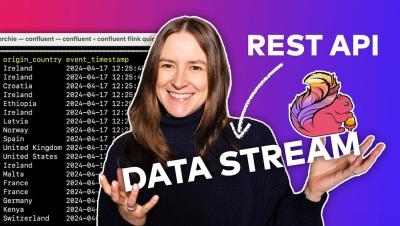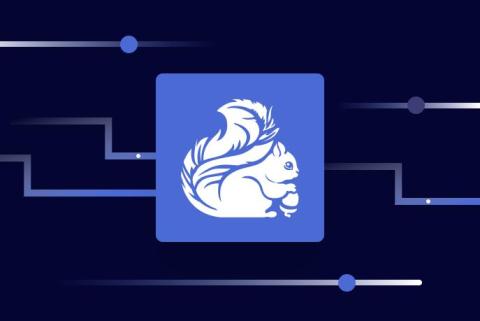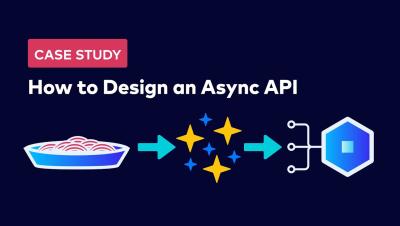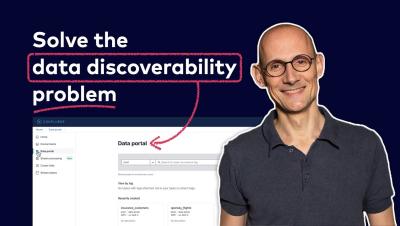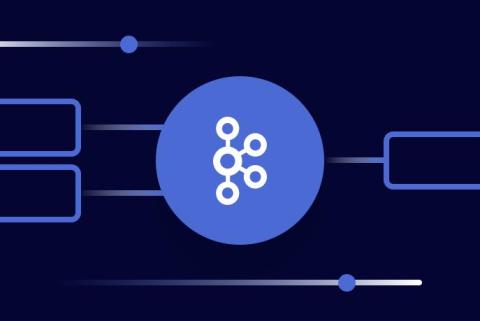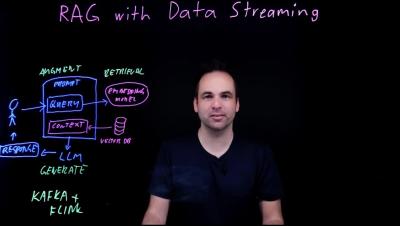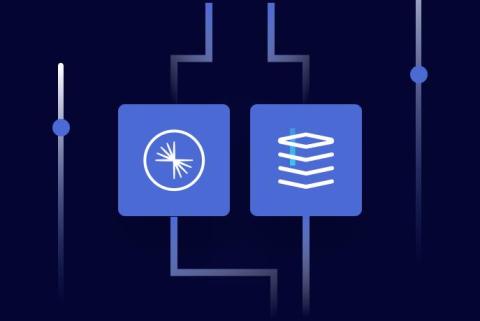86% of IT leaders say data streaming is a priority for IT investment in 2024
Confluent survey: 90% of respondents say data streaming platforms can lead to more product and service innovation in AI and ML development. 86% of respondents cite data streaming as a strategic or important priority for IT investments in 2024. For 91% of respondents, data streaming platforms are critical or important for achieving data-related goals.



